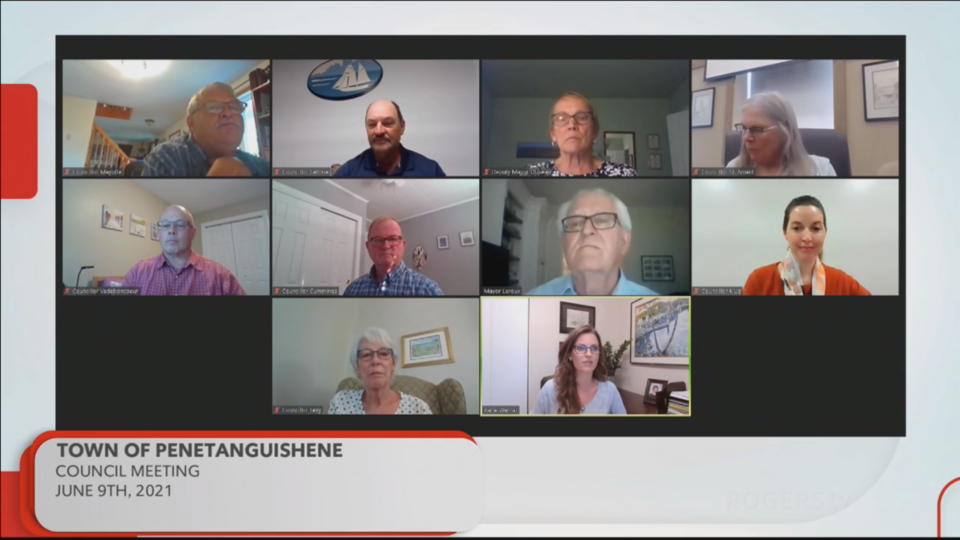After nearly two years of planning, the final North Simcoe Community Safety and Well-Being (CSWB) plan was approved by Midland, Penetanguishene, and Tiny councils following presentations throughout the month.
The CSWB plan set forth to address collaborative strategies, the exchanging of information and measurement of data regarding eight areas of risk within Simcoe County’s five geographic groups. Within those areas at risk, research which highlighted the key challenges for residents allowed those groups to focus on what the most important issues are to address first and foremost.
In the case of North Simcoe, three areas of risk were assessed as posing the greatest risk to community safety and well-being: mental health and addictions (MHA), housing and education.
“Around MHA,” said Karie Warnar of Avail. Consulting Ltd. during recent Midland presentation, “we’re really looking at improving the equity access and equality of MHA services across the continuum for residents in North Simcoe.”
Warnar, who presented the report to Tay councillors Thursday morning, referenced the core services within the Roadmap to Wellness plan put out by the Ontario government in March 2020 regarding MHA.
"So we’re going to want to make sure we align with that," she said. "We also want to make sure that we don’t miss the piece around housing stabilization. It’s one thing to become housed, than to successfully stay housed. That’s where we’re seeing people falling through the cracks; they’re losing their homes.”
Warnar added that regarding education, age would be a factor in respect to "upskill" retraining with social programs such as Second Career.
“It’s often about breaking down barriers; we want to focus on the skilled trades. We know that there is a crisis looming with that.”
All eight areas of risk overlap with one another in some manner, and the other geographic municipal groups also overlap in their CSWB plans.
Income, access to services, employment, job creation and preventable mortality are the remaining five risks. These will be examined and shared with the five geographical municipal coordinating committees (Couchiching, South Georgian Bay & Springwater, Nottawasaga, and South Simcoe). Barrie was addressed as a sixth group for undertaking planning on its own.
“Potentially the framework identified for each area of risk could be worked on as a joint initiative,” Warnar replied by email on the existing strategies of MHA, housing and education.
“With each (area) being unique (eg. geography, access to services, community strengths and assets, etc), we cannot apply a ‘one size fits all’ approach. Determining how and what we move forward with will be the work of the Local Planning Table. The local needs will inform this.”
Midland Mayor Stewart Strathearn described the report as spectacular, granting high praise to Warnar for doing the bulk of the effort.
“It’s very information-dense," Strathearn explained. "The way it was presented in graphic form is really meant to get the real guts of the thing out where people can see it, rather than lost in text,”
Coun. Jonathan Main of Midland has urged residents to fill out council’s survey for housing, adding that further data provides valuable input to the process.
“We’re getting some results back,” said Main. “I think we hit a hundred survey results, and some of the responses are… haunting. They’re incredibly gut-wrenching, and it’s quite upsetting. We know that housing is becoming an incredibly huge social issue, and we are obviously trying to do everything we can.”
The CSWB report’s mandate for finding better, smarter ways to build safer communities falls under the Strategy for a Safer Ontario, which focuses on collaborative partnerships which include police and other community partners across multiple sectors.
“There is a recognition that police are often the ones responding to calls that are medically and or socially complex in nature,” Warnar replied. “It is generally agreed that many of those calls would be better handled by more appropriate community partners with the knowledge, skill-set and resources to support persons in a more connected and meaningful way.
“Ensuring that we connect people to the right service at the right time is extremely important, but we will miss the mark if we fail to identify the dependencies and intricacies that the areas of risk have with one another. When someone is struggling in one area, they are often struggling in other areas as well.”
The Community Safety and Well-Being final report can be found on the Town of Midland website.
Anyone wanting to watch Warnar’s 10-minute CSWB presentation can view archived videos through the Midland YouTube channel, the Penetanguishene YouTube channel, or the Tiny YouTube channel archives.
